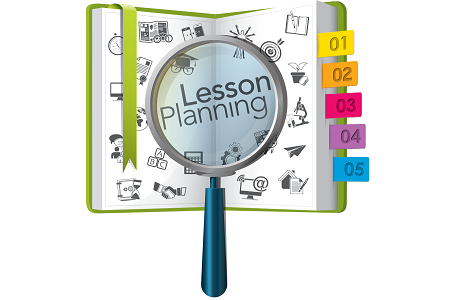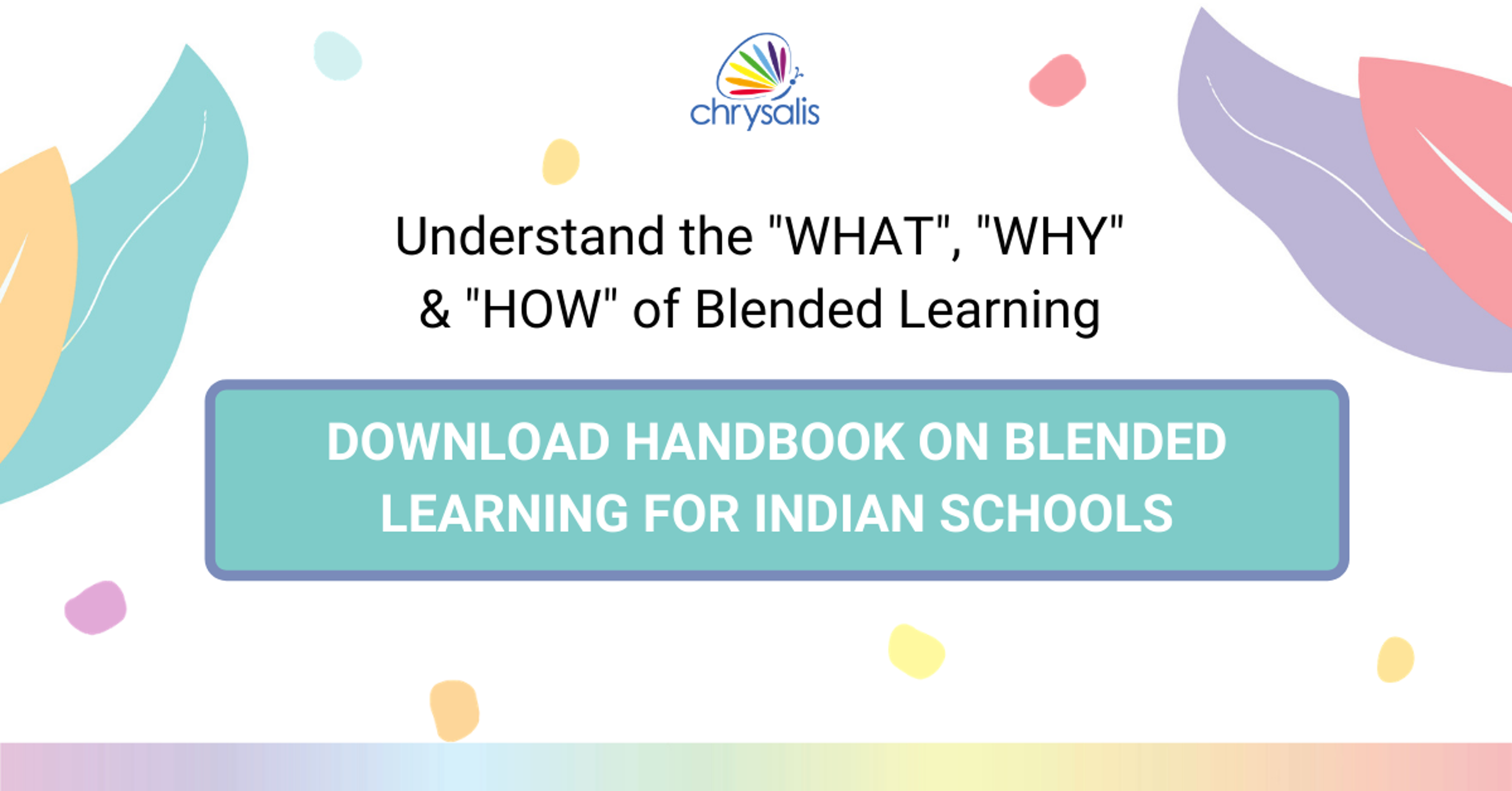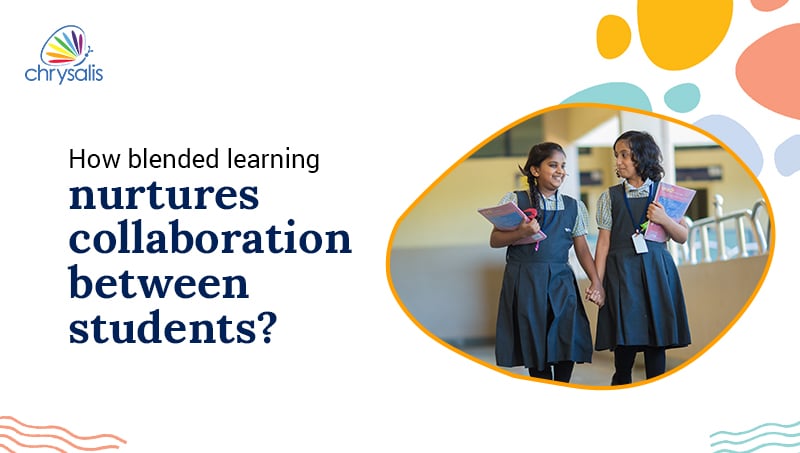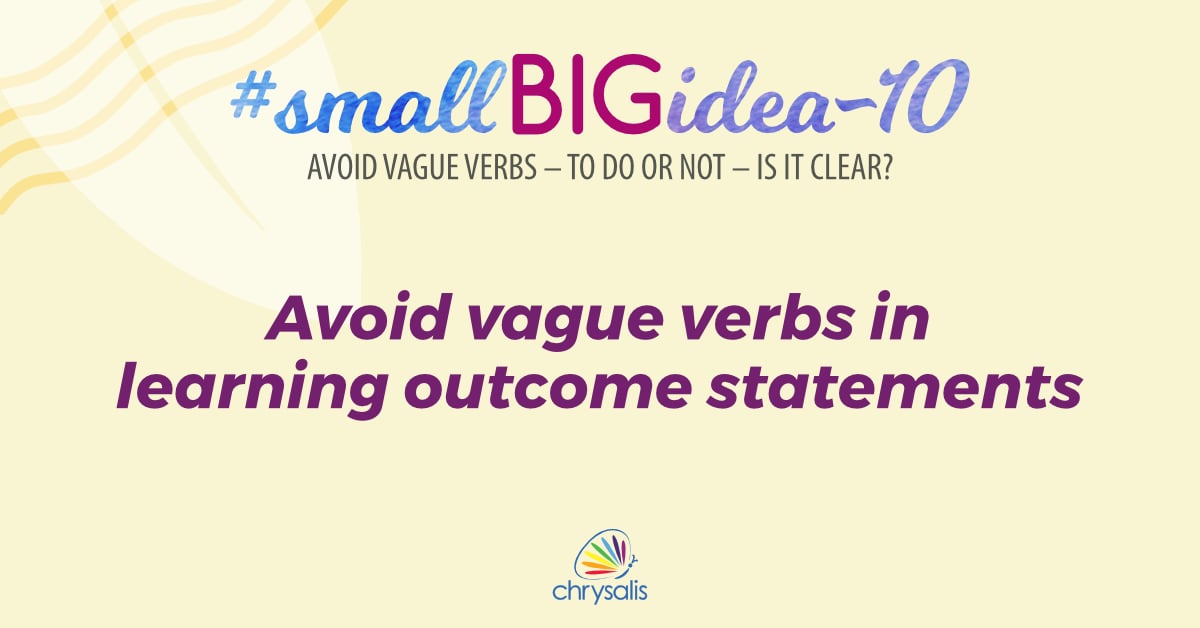Morning assembly, back-to-back classes, a rushed lunch and then back to classes. And it still does not end because you would have to prepare for the next day. Such is a day in the life of a teacher. Hands down, the recipe to a successful day in teaching and learning is a thoughtfully designed, executed, and technologically aided lesson plan.
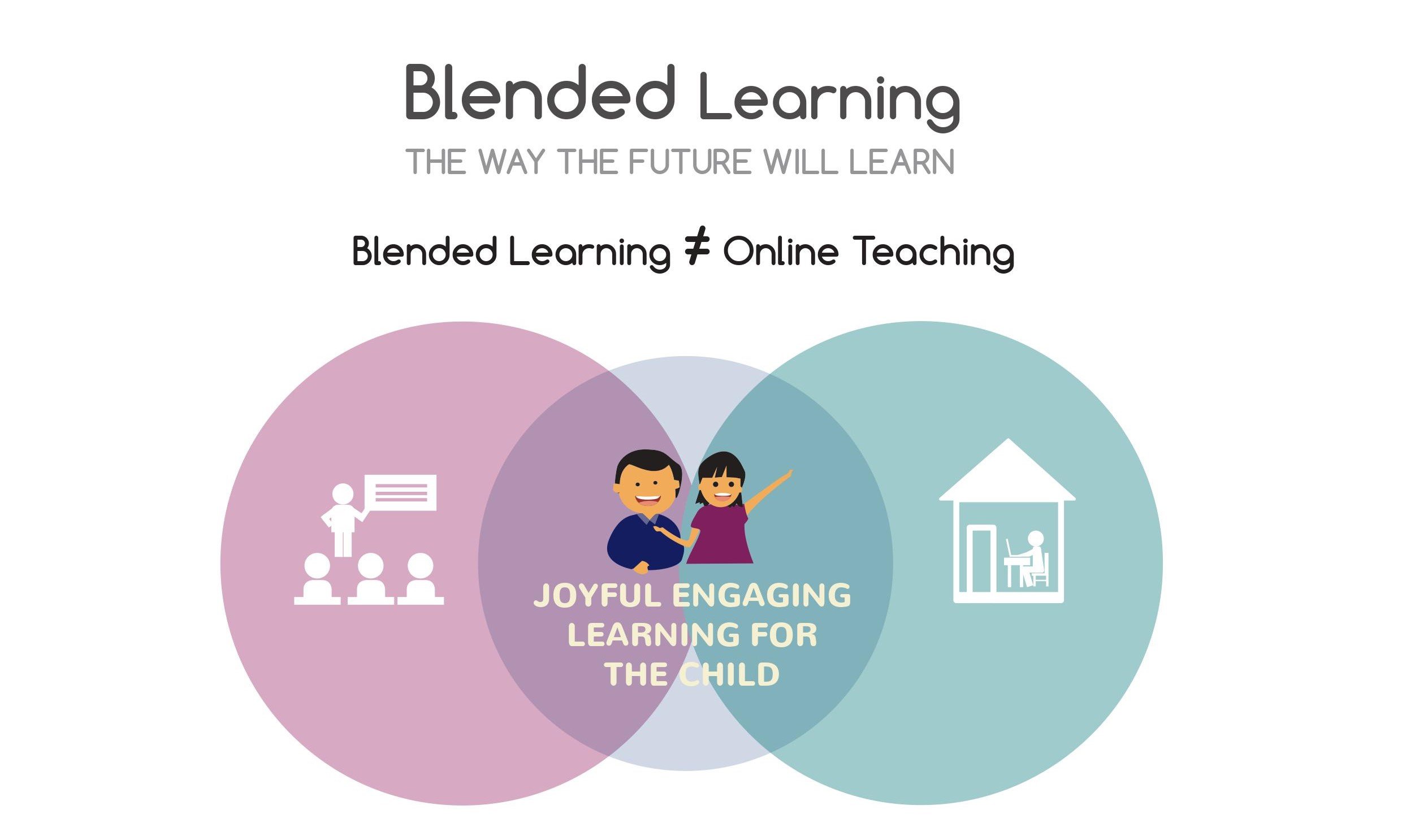
The pandemic might have shifted our classes to screens, the need for extensive planning remains. The key objectives of the lesson planning are still the same. Lesson plan formats in a Blended Learning set up will still need to engage, stimulate every child, and also ensure they learn in an emotionally safe space. No matter where or what.
Ask a teacher or school leader, the secret sauce to a good day of learning for every child are:
- A well-designed and executed lesson plan to engage every child while they learn in an emotionally safe space.
- A bucket full of easy-to-use lesson plan aids to cater to every child’s learning needs
Classroom teaching becomes a lot easier to implement and effective when it is executed through a structured roadmap.
A Unique Blend of In-Class & At-Home Learning
Blended Learning integrates a teacher-lead in-class learning experience with a self-directed/self- regulated learning at-home via technology. Simply put, Blended Learning is a unique blend of learning that happens both – in-class and at-home. It challenges our very outlook of learning. Why should learning be restricted to a single place, single point in time and a single mode of learning? Learning can happen any time, any place and via any mode. Too good to be true? Not much. Technology has enabled us to do just this. Blurring the lines between classroom and home, through Blended Learning, learning becomes a continuous engaging and enjoyable process.
 Teachers can spend less time presenting whole-class lessons and more time meeting with children individually or in small groups to help them with specific concepts, skills, questions, or learning challenges as a result of blended learning. In a Blended Learning model, children are encouraged to use digital and online tools, thus they naturally gain more technological literacy and confidence in their usage of new technology.
Teachers can spend less time presenting whole-class lessons and more time meeting with children individually or in small groups to help them with specific concepts, skills, questions, or learning challenges as a result of blended learning. In a Blended Learning model, children are encouraged to use digital and online tools, thus they naturally gain more technological literacy and confidence in their usage of new technology.
Understand Chrysalis' Blended Learning Solutions for Indian Schools
Lesson Plan Format for Blended Learning
Blended learning is a model that effectively aggregates instruction using electronic methods while not replacing, but rather integrating, the traditional format. Technology is used in blended learning not just to augment, but also to alter and improve the learning experience. Educators and school administrators understood the necessity of seeking more innovative teaching approaches as internet access expanded and distance education developed and began to solidify.
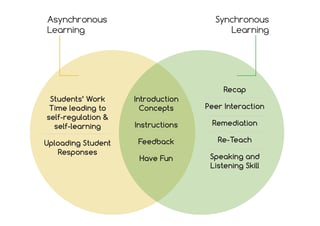
A well-planned lesson plan format for Blended Learning has these key elements:
- Small-Group Instructions: Aimed to teach to smaller groups of children so that effective instructional time is increased.
- Integrated Digital Content: To engage children for individualized learning
- Differentiation: Enables differentiated instruction based on different types of learning capabilities for greater impact
- Data-Driven Decisions: Provides frequent, high-fidelity data from classroom pieces of evidence to inform instructional decisions.
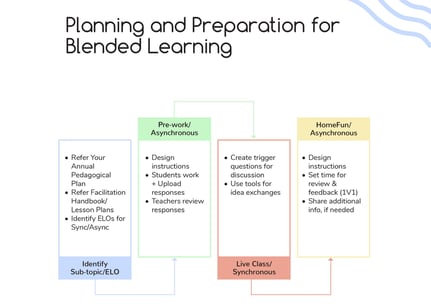
An effective lesson plan based on blended learning has the following components:
- Clearly stated learning outcome to let the children know what they are going to learn.
- An overview of the lesson to layout the foundation of the topic
- Guidelines/steps to introduce the newer concepts of the lesson
- Formative assessment opportunities to assess for learning
- Activities/assignments to work in teams to enable collaborative learning
- An emotionally safe learning environment and experience designed to encourage every child to question and explore fearlessly
The lesson plan, as we all know, is just the foundation for instruction. The capacity of the educator (and children) to take what is stated in the lesson plan and bring it to life determines the actual core and content of a lesson (blended learning or not). That's where a blended learning approach can help!
Blended Learning – The Future of Learning
Blended Learning in one form or the other is here to stay. In this setting, the value of blended classes becomes obvious. Both physical and virtual learning environments are important in today's hyper-connected society. Educators must keep up with this trend and use of a mixed learning strategy to ensure every child thrives. The beauty of blended learning is that it allows you to be more flexible with your course plan by combining online and offline learning resources.
Academic year 2021-22 is a year of new beginnings and the much discussed ‘next normal’ in education – Blended Learning, rightly recommended as the way forward by education researchers and policies like National Education Policy 2020 (NEP). Here’s to a brighter and more engaging blended learning experience for every child in our schools! Let the learning begin!

